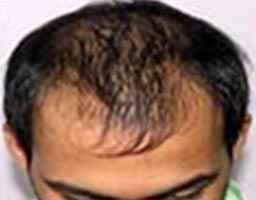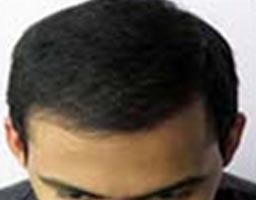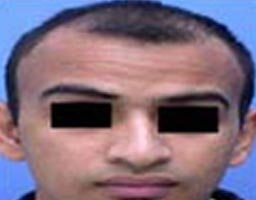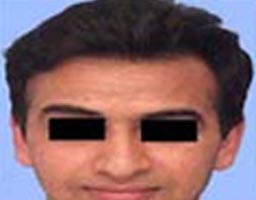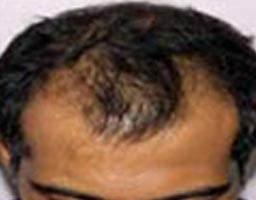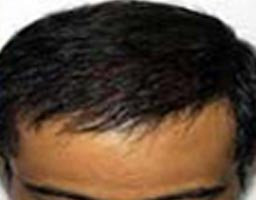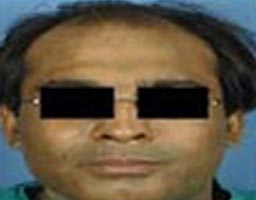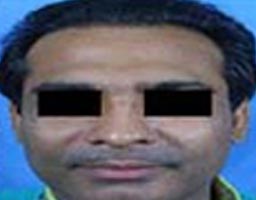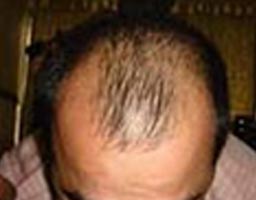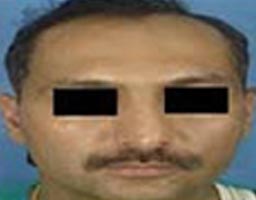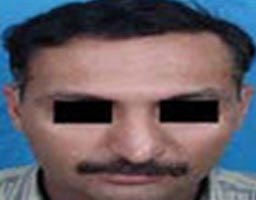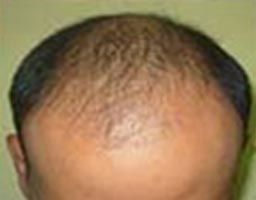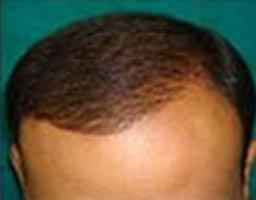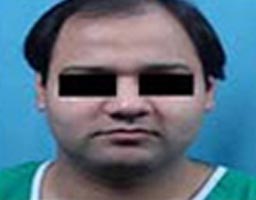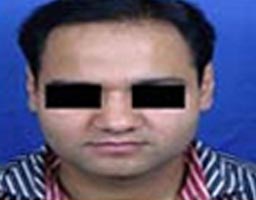What is Beard Transplantation and Moustache Transplantation?
For men, having a thick beard and moustache is the current fashion trend. Unfortunately, not everyone is lucky enough to naturally have dense hair growth that’s perfect for styling. This is where beard and moustache hair transplantation can come to the rescue for those who want to achieve a more pronounced look.
How is Beard and Moustache Transplant Done?
Similar to hair transplantation on the scalp, a beard and moustache transplant requires the extraction of hair follicle grafts from the back of the scalp. These are then implanted into the beard and moustache area using the FUE technique.
This procedure is performed under local anaesthesia injections. Since the FUE technique is utilized, there are no sutures, and scarring is minimal, making it a virtually scarless procedure.
What is an Eyebrow Transplant?
The eyebrows are a crucial aspect of the human face, as they help to define one’s appearance and convey emotional expressions during communication.
Losing eyebrows can be more distressing than losing hair from the scalp, and it can occur due to skin disorders such as alopecia areata, leprosy, aging, permanent makeup, and chemotherapy. To restore lost eyebrows, an eyebrow transplant procedure can be performed.
Who is a Suitable Candidate for Eyebrow Hair Transplant?
Individuals experiencing partial or complete, irreversible hair loss from their eyebrows can choose to undergo an eyebrow transplant.

